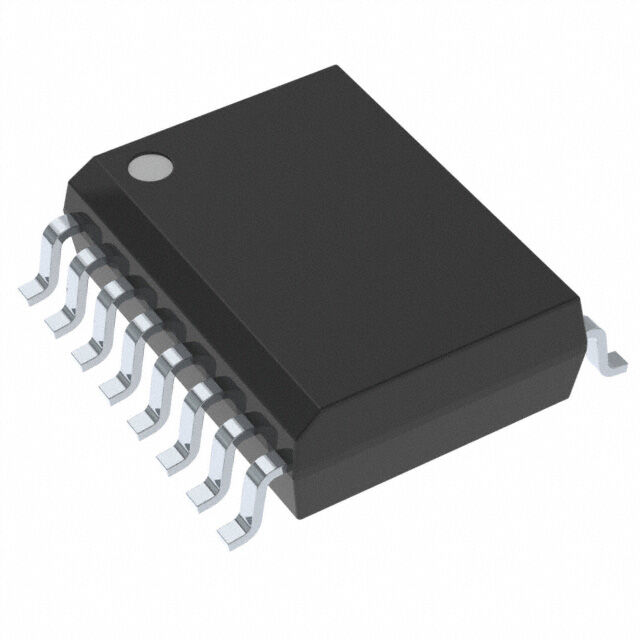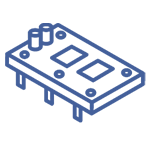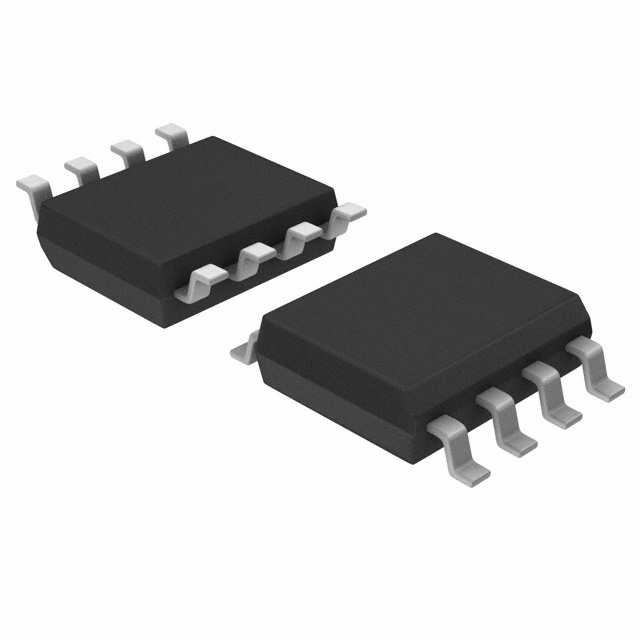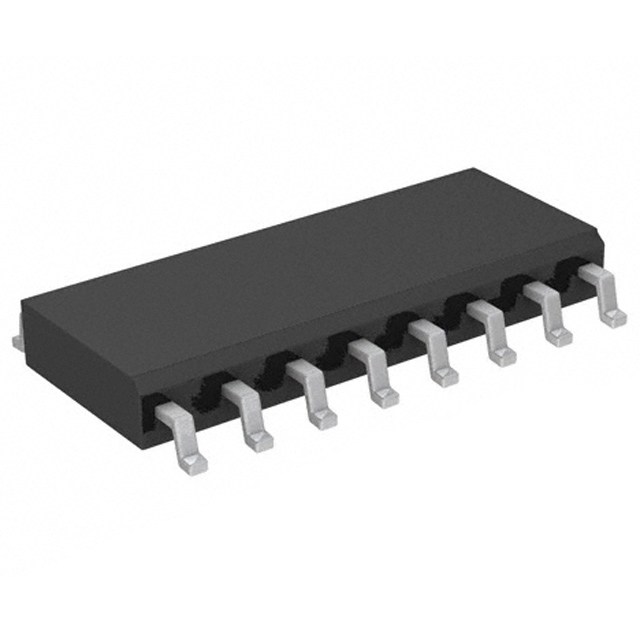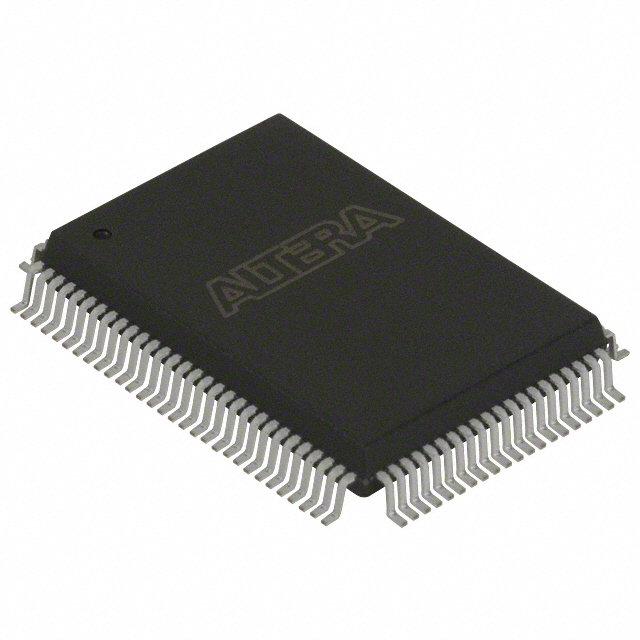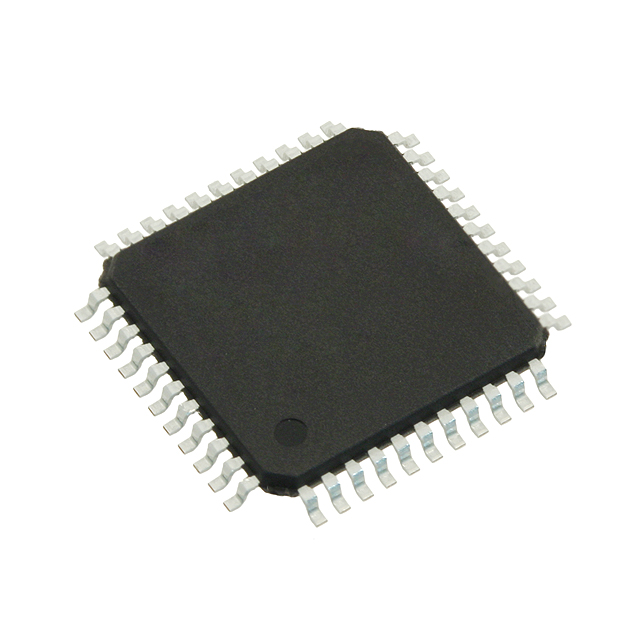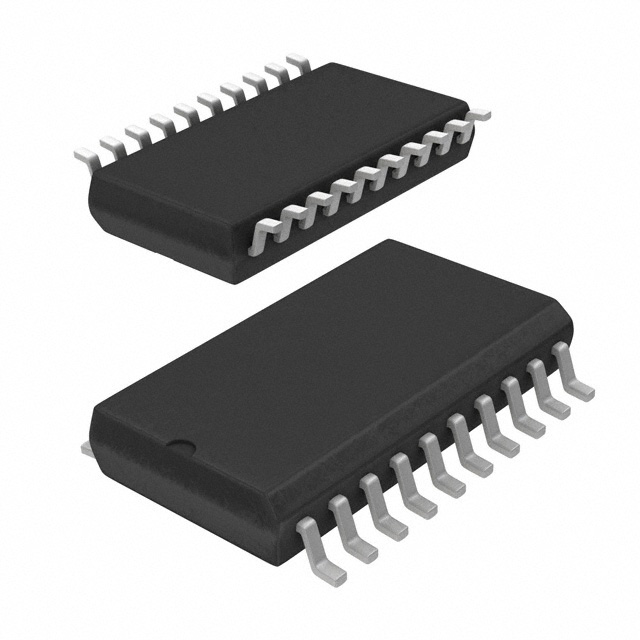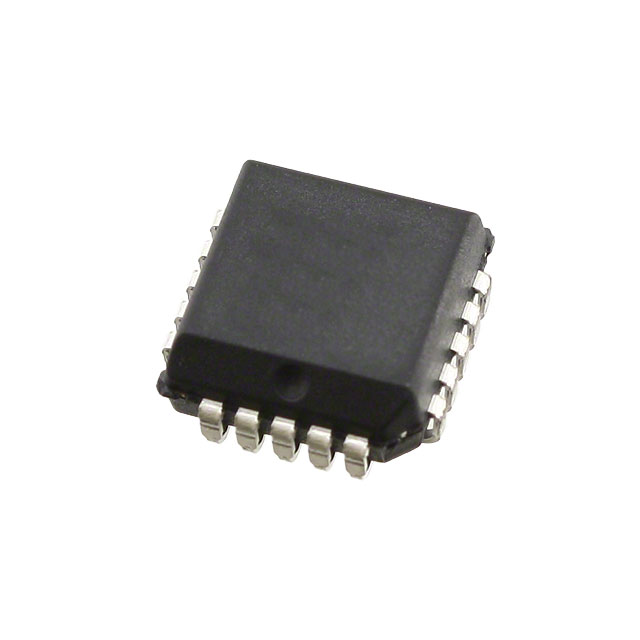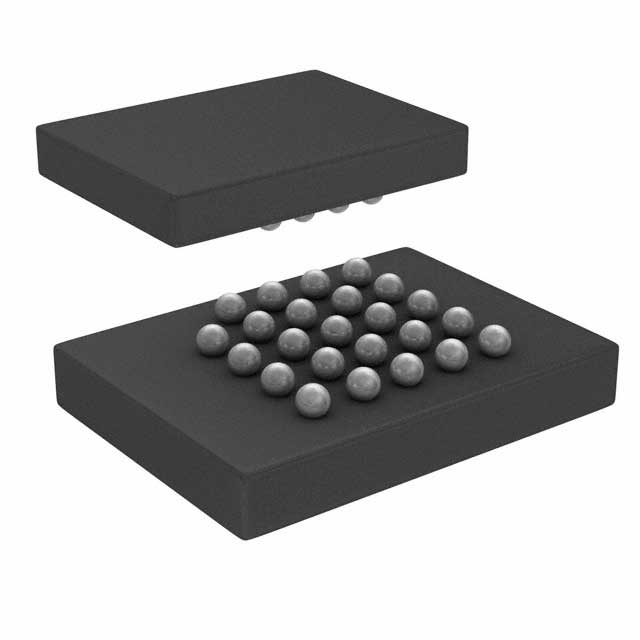Categories
- Configuration PROMs for FPGAs(513)
- 1
- 2
- 3
- 4
- 5
- 6
- 26
Description of Configuration PROMs for FPGAs
Configuration PROMs (Programmable Read-Only Memory) work alongside FPGAs to store the setup you want for your FPGA when it's turned off. Even though they're called "read-only," some types of this memory can actually be erased and rewritten, so the term "read-only" is a bit outdated.

Frequently Asked Questions
What is a configuration PROM?
A configuration PROM (Programmable Read-Only Memory) works together with an FPGA to store its settings when it's powered off. It ensures the FPGA has the right setup when it powers back on.
How are FPGAs configured?
FPGAs are set up by a configuration controller chip. This chip reads the data from flash memory, decompresses it, sends it through specific pins (DATA[]), and checks for any errors during the process.
What is the FPGA configuration file?
The FPGA configuration file is an XML file that helps the host computer figure out how to manage the FPGA's DMA FIFO properties and how the device should appear in the System Explorer.
What is PROM in FPGA?
PROM in FPGA refers to a type of memory used to store the FPGA’s design and settings. When the FPGA powers up, it uses the data from the PROM to load its configuration, making the PROM essential for the FPGA to function properly.
What is the difference between EEPROM and PROM?
PROM (Programmable Read-Only Memory) is a type of memory that the user can write to only once, and it’s electrically programmed when written. EEPROM (Electrically Erasable Programmable Read-Only Memory), on the other hand, can be erased and re-written using electricity.
Can FPGA be reconfigured?
Yes, FPGAs can be reconfigured. In SoC FPGAs, the CPU can update the FPGA core without stopping the CPU itself. This is done using a special block called the FPGA Manager, and Linux even has a driver to make this process easier.
Is FPGA a controller or processor?
FPGAs and processors are different. FPGAs can be reprogrammed to do just about any digital task, making them very flexible, while processors are general-purpose and can handle many tasks but aren’t as flexible as FPGAs.
Does FPGA need RAM?
Yes, FPGAs use RAM. They often have "distributed" RAM and also larger chunks of memory called "block RAM," which can store data during operations.
Why is FPGA not popular?
FPGAs are much more expensive than microcontrollers, which can be bought at a lower price, even in large quantities. While FPGAs are flexible, for large-scale production, ASICs (Application-Specific Integrated Circuits) are more cost-effective.







